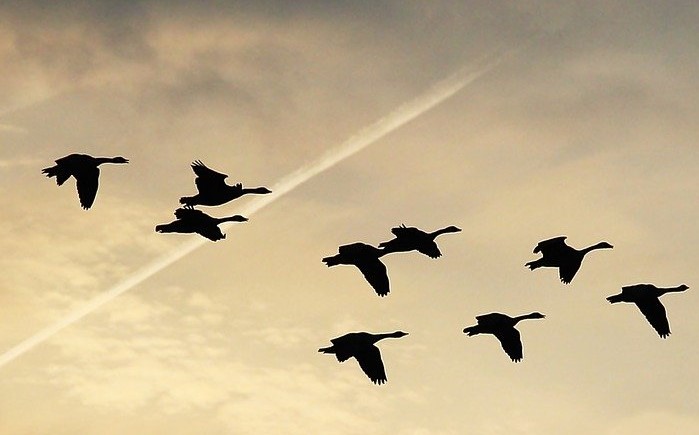Trends in goose numbers wintering in Britain & Ireland, 1995 to 2008
DOI:
https://doi.org/10.34080/os.v20.22619Keywords:
population studies, winter ecology, Anatidae, surveyAbstract
Twelve migratory and native goose populations winter in Britain and Ireland and up to date information on their abundance and distribution is provided. Seven populations are increasing: Barnacle Goose (Svalbard, current estimate 26,900 birds), Barnacle Goose (Greenland 70,500), Pink-footed Goose (288,800), North West Scotland Greylag Goose (34,500), re-established Greylag Goose (50,000), Light-bellied Brent Goose (East Canadian High Arctic 34,000) and Light-bellied Brent Goose (Svalbard 3,270). Two populations appear stable: Taiga Bean Goose (432 at two sites) and Icelandic Greylag Goose (98,300). Three populations are decreasing: European White-fronted Goose (2,760) due to short stopping in mainland Europe, Dark-bellied Brent Goose (82,970), due to a recent population decline (due to poor breeding success) and short stopping, and Greenland White-fronted Goose (24,055) due to recent poor breeding success and, up to 2006, hunting. An estimated 120,000 migratory geese wintered in Britain and Ireland in 1960 compared to 500,000 in 2008. Despite many goose species demonstrating high degrees of site faithfulness (responding to safe roosts and regular food supply), shifts in winter distribution of several goose populations have occurred (notably Icelandic Greylag Goose).
Downloads

Downloads
Published
How to Cite
Issue
Section
License
Copyright (c) 2010 Carl Mitchell, Kendrew Colhoun, Anthony D Fox, Larry Griffin, Colette Hall, Richard Hearn, Chas Holt, Alyn Walsh

This work is licensed under a Creative Commons Attribution 4.0 International License.
The copyright of each contribution belongs to the author(s), but all contributions are published under a Creative Commons license, so that anyone is free to share and reuse the contribution as long as the copyright holder is attributed.







